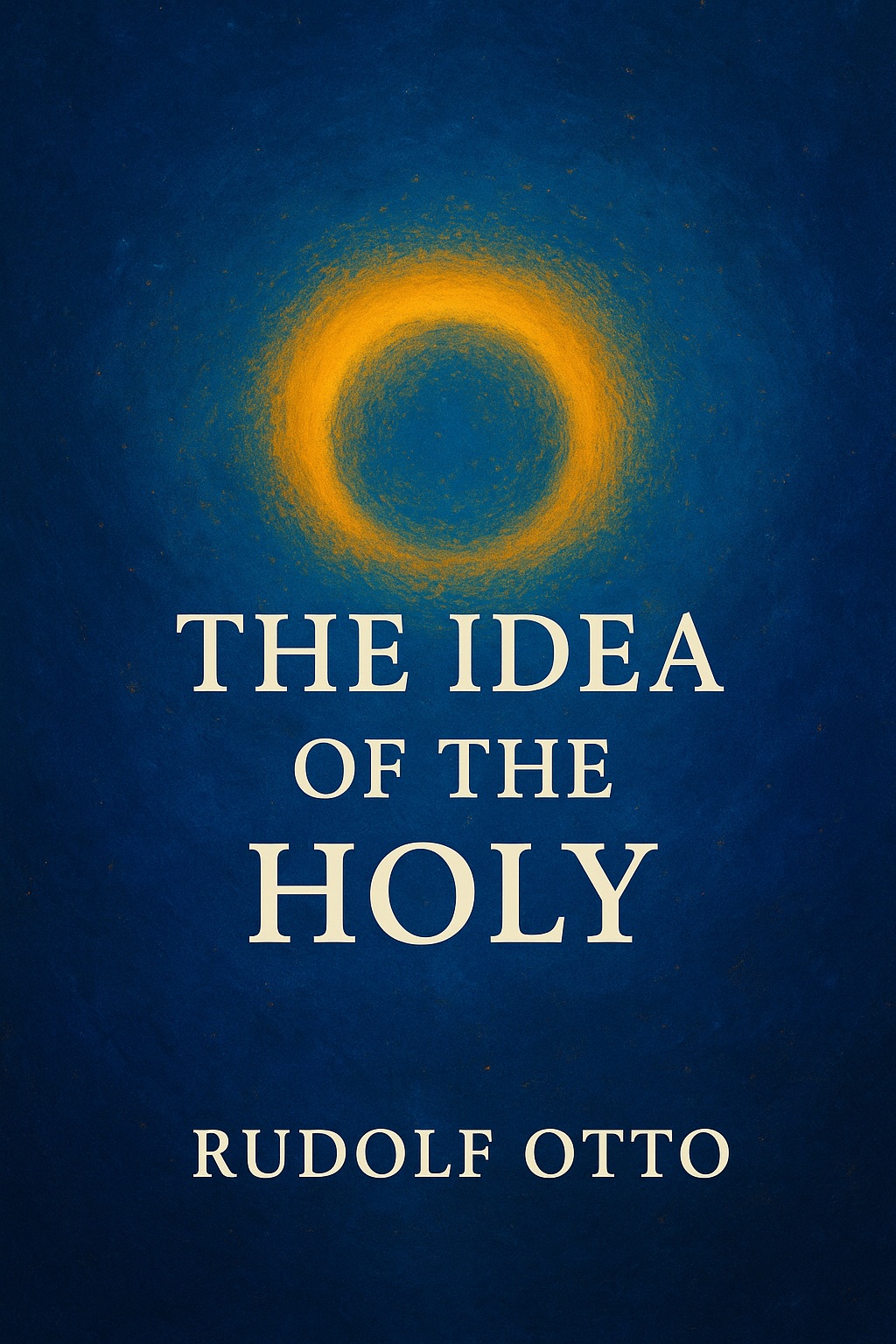The idea of the holy: an inquiry into the non-rational factor in the idea of the divine and its relation to the rational by Rudolf Otto. What does it actually mean to call something “holy”? For most of us the word evokes dim church interiors, incense, sacred mountains or perhaps a feeling of hushed reverence. In The idea of the holy, first published in German in 1917 and in English in 1923, German theologian Rudolf Otto set out to show that behind all doctrines and rituals lies a distinctive kind of experience: a direct encounter with the “wholly other” that is at once terrifying and fascinating. Otto’s book has become a modern classic in the study of religion. It has shaped theology, philosophy, comparative religion and even the psychology of religious experience throughout the twentieth century and beyond. Yet it remains highly readable and concrete, constantly illustrated with examples from the Bible, Christian mysticism, Buddhism, Hinduism and other traditions.
The numinous: awe, dread and attraction
Otto’s key term is the numinous. He argues that when people speak of God, the divine, the sacred or ultimate reality, they are not only talking about moral goodness or rational ideas. They are trying to point to a special kind of feeling-tone: a sense of something overwhelming, beyond us, which evokes awe, fear, smallness and at the same time a powerful attraction. He describes this as a “mysterium tremendum et fascinans”: a mystery that makes us tremble and yet draws us in. Standing before it, the human being feels both unworthy and deeply addressed. This, for Otto, is the root from which doctrines, myths and ethical systems later grow. Religion is not invented in the study; it arises from this raw, pre-conceptual encounter with the holy.
Beyond morality and reason
One of Otto’s main arguments is that the holy cannot be reduced to ethics or rational philosophy. Modern people like to speak of God simply as “the moral ideal” or “the highest value”. Otto insists that this leaves something essential out. The numinous is not just admiration for goodness; it is the shock of being confronted with something utterly beyond our control. At the same time, Otto does not reject reason. He speaks of a “rational” and a “non-rational” element in religion. The non-rational element is this immediate feeling of the numinous, while the rational element consists of doctrines, concepts and ethical teachings that try to make sense of it. Healthy religion, he suggests, arises when both are present and in balance: felt encounter and thoughtful reflection.
A cross-cultural journey through sacred texts
Although Otto writes from a Christian background, his examples range widely. He draws on Hebrew prophets, the Psalms, the New Testament and the early Church fathers, but also on the Buddha, Hindu scriptures, mystics like Meister Eckhart and many others. By doing so he shows that the sense of the numinous is not confined to one religion. The forms differ, but the underlying structure of experience can be recognised across cultures. This makes The idea of the holy especially valuable today, where interreligious dialogue and comparative theology seek a common language for very different traditions.
Why read The idea of the holy today?
More than a century after its first publication, The idea of the holy still feels surprisingly contemporary. Secular readers will find in it a sharp analysis of why religious language is not simply “poetry” for ethics, but points to a distinctive layer of human experience. Believers may discover a deeper vocabulary for moments of awe, dread, joy and silence that cannot easily be expressed in doctrinal terms. For students of theology, religious studies and philosophy, the book is also a foundational text. Terms like “the numinous” have become part of the standard toolkit for thinking about religion, and many later authors—among them C. G. Jung, Mircea Eliade and Paul Tillich—developed their ideas in conversation with Otto’s work. At the same time, the book can simply be read as a meditation on the depth of human experience. Otto writes with passion about the moments when language fails and only gestures, music or silence seem adequate. In such moments we may glimpse why humans across time have spoken of “the holy”.
About this edition
The version presented here is the classic English translation by John W. Harvey from 1923, now in the public domain and carefully scanned for digital distribution. You can download it as a searchable PDF and read it on any device. Whether you approach it as a believer, a sceptic or simply a curious reader of religious classics, The idea of the holy offers a demanding but rewarding exploration of one of the most elusive words in our vocabulary. Download it here:
